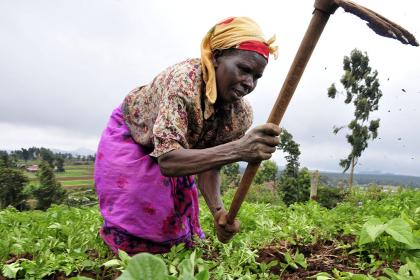
The fishery sector is one of the most economically important for many least developed countries (LDCs). It contributes significantly to livelihoods, national income, and international trade. However, it is often underdeveloped — dominated by small-scale artisanal operations using traditional methods and rudimentary technology. Moreover, many fish-exporting LDCs rely heavily on sales of a limited number of species.
These shortcomings indicate that there is considerable potential for growth and development. The intent of this manual is to assist LDCs in upgrading and diversifying their fish exports, primarily by meeting international food-safety and sanitary standards. Such standards include both public and private (industry) requirements.
Fish-producing LDCs face several challenges to participating effectively in major developed-country markets. These include weak infrastructure, ineffective tradefacilitation procedures, and difficult business environments. One of the main obstacles for fish exporters is complying with standards and regulations on safety and quality imposed by importers. National authorities in importing countries sometimes have more stringent standards than those adopted by international bodies. And private-sector entities — primarily retailers — often have their own industry-specific requirements. In view of the central role that compliance with standards and regulations plays in the ability of fish-producing LDCs to expand their exports, this manual pays particular attention to that challenge.
Overall, the manual aims to benefit the governments and the private sectors of LDCs in three ways:
-
To help them formulate better export-development and diversification strategies so that they can tap the potential of the fishery sector.
-
To boost their capacities for raising national food-safety and sanitary standards.
-
To assist them in complying with international requirements, importing-country requirements, private regulations, industry standards, and related measures.
The manual thus combines information and knowledge from two areas: (1) export development and diversification, on the one hand, and (2) standards on fish safety and quality, on the other.
It does not go deeply into the details of either field; instead, a premium is put on brevity and clarity to enable ease of understanding and to promote the effective implementation of the recommendations made. Additional sources are provided throughout the text for readers interested in further — and more detailed — explorations of the issues discussed.
The manual is part of the UNCTAD project: Building the capacities of selected LDCs to upgrade and diversify their fish exports (Bangladesh, Cambodia, Comoros, Mozambique, Myanmar and Uganda)1, financed with resources provided by the United Nations Development Account.




